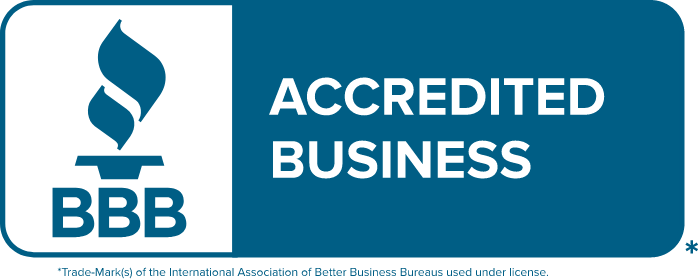SEO is a continuous work and small or common mistakes in SEO can create big problems. Here I have compiled the most common SEO mistakes for you and we will focus on how they can be fixed in two to three steps.
Common SEO Mistakes:
Things that will be discussed and are very general.
- Title tags are not optimized
- Missing or non-optimized Meta description
- Duplicate Content
- Incorrect Internal Linking
Title tags are not optimized
The title is perhaps the most important on-page element of a website for SEO, as well as the easiest to optimize. This is the reason why it is sometimes called a ripe fruit. So it’s even more unforgivable if it’s overlooked and drafted haphazardly.
At the same time, the page title is one of the first elements of your website that a Google user will see. Search engines use the title as a clickable item in the search snippet. It leads users to your website with just one click.
You need to optimize your title tags:
- Use up to 70 characters in your title. Don’t use more or less than 70 characters, because Google will assume it as a longer or shorter length of the title.
- Insert the main keyword of the website in your title.
- Create each title separately and use each title only once.
If you manage an online store which consists of many sub-pages, the title will generally be generated automatically. It is usually recommended to use the names of the products as titles. In doing so, you make sure that the title is not too long.
Missing or non-optimized Meta descriptions
In addition to the title, you absolutely must optimize the Meta descriptions. They fulfill an important function within the SERPs and constitute, in particular with the title, one of the components of the search snippet, always in order to encourage visitors to visit your site.
If no Meta description tag has been integrated or if the description provided is duplicate or available in multiple copies, Google will itself choose phrases or other text elements from your website to create a description. You still have the power to decide how your website is viewed by users through the snippet.
With the right description, you can increase the Click-Through Rate in SERPs and drive more traffic to your site. You will also be able to guide the appearance of your web presence in the market and stand out from your competitors with a convincing description.
- Use a call to action in your description. This will motivate the user to click.
- Stick to the 175 character limit, including spaces, so that your description can be displayed in full. The number of characters is only approximate, as Google ultimately uses the pixel size of the description. At best, limit yourself to between 170 and 175 characters.
- Use the main keyword of the targeted website in the description text. It can thus be highlighted and underlined if the user types precisely this word in the search bar.
- Google search console or Yoast (WordPress SEO Plugin) can help you analyze your Meta descriptions.
Duplicate content
Another recurring SEO mistake is duplicate content. It appears when the same content is accessed through different URLs. The duplicate content is problematic because the search engines have to choose between the same content but different URLs. This means that your website will be competing with one or more search terms.
In the worst case, only one page will be classified and the other duplicates will not be taken into account. To avoid this, duplicate content must be absolutely eliminated.
To avoid the production of duplicate content by two URL versions, you must establish a permanent reference to the desired version. This is called a 301 redirect. By opening a URL via a client, a browser for example, the server will be automatically transmitted to the new URL. If the redirect is quick and efficient, the user will hardly notice it.
You can embed a redirect within the .htaccess file of your Apache server. The rule consists of three parts. First, the appropriate module is started for transcription. Then, we indicate which directories should be redirected. Finally, the exact transcription rule is defined.
Incorrect internal mesh
The internal linking of your website contributes substantially to the way that users can find their way around your site. At the same time, it supports the Google bot in exploring and deciding the thematic relevance of the subpages.
The frequent errors in the internal mesh are:
- Different text links for a single target
- Links to targets that are no longer available
- Too many internal links.
How to optimize the link structure?
Always use the central keyword as anchor text on your subpage. This way, you reinforce the thematic relevance of the subpage. Unlike backlinks, internal links should definitely come with the main keyword.
Within Google Search Console, check regularly if there are any issues with issuing error sites with the status code 404 in the “crawling errors” section.
Make sure to link a subpage only once on the site, as the link juice is split across all available links in the internal mesh. The less internal links you use, the more the power of the link will be transferred to the subpages.


